Introduction
In the rapidly evolving world of manufacturing, the integration of artificial intelligence (AI) and automation technologies is no longer just an option; it has become a necessity for organizations aiming to thrive. As industries strive for greater efficiency and adaptability, AI-driven solutions are leading a transformative wave that promises to redefine operational processes. The recent resurgence in the U.S. manufacturing sector, marked by a remarkable increase in shareholder returns, underscores how embracing these innovations can unlock unprecedented levels of productivity and resilience.
From predictive maintenance to the rise of smart factories powered by the Internet of Things (IoT), the landscape is rich with opportunities for businesses ready to innovate. This article delves into the latest trends shaping industrial automation, highlighting practical strategies that can empower organizations to navigate challenges, enhance sustainability, and secure a competitive edge in the Fourth Industrial Revolution.
AI-Driven Automation in Manufacturing
The integration of artificial intelligence (AI) into manufacturing processes is not merely a trend; it is a transformative force shaping the future of the industry. By harnessing advanced machine learning algorithms, manufacturers are achieving unprecedented levels of optimization in their operations. This includes refining production schedules, predicting equipment failures before they occur, and elevating quality control measures to new heights.
Recent developments show that the US manufacturing sector, which had seen sluggish growth of just 1.4 percent over two decades, is now experiencing a renaissance. During the past five years, industrial firms have produced shareholder gains that are roughly 400 basis points greater than those of the preceding 15 years, primarily because of the adoption of AI and digital advancements. This resurgence illustrates how AI-driven mechanization not only reduces downtime but also improves efficiency, enabling manufacturers to quickly adjust to changing market demands.
One notable advancement in AI innovation comes from the Korea Institute of Machinery and Materials, where a research team has successfully developed AI solutions for robotic applications in manufacturing. This new innovation enables the automation of tasks based on user instructions, significantly enhancing productivity and functional flexibility.
As Daniel D. Gutierrez, a prominent data scientist and technology journalist, highlights, AI is leading the charge into what is known as Industry 4.0, transforming the entire value chain from supply chain management to quality assurance. The ongoing Fourth Industrial Revolution is fostering greater workforce inclusivity and sustainability, thereby opening up new avenues for both innovation and growth in the manufacturing sector.
In this dynamic landscape, predictive maintenance stands out as one of Ai’s most significant contributions, further solidifying its role in enhancing production efficiency. As manufacturers continue to integrate AI into their processes, they are not just enhancing their performance metrics but are also setting the stage for a more resilient and responsive industrial ecosystem.
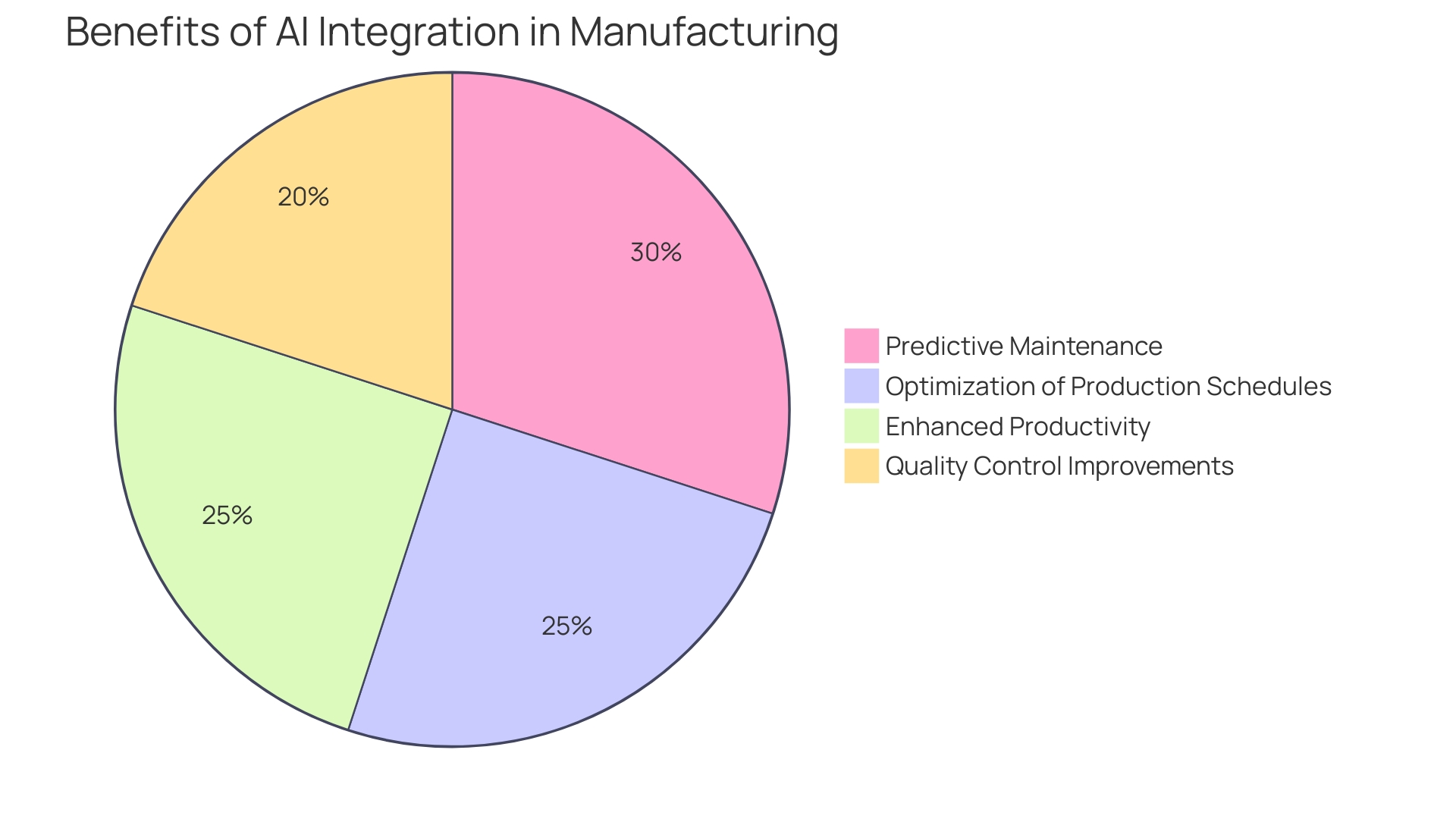
Emerging Trends in Industrial Automation
As industries advance, several prominent trends are redefining the landscape of automation. The rise of smart factories, driven by the Internet of Things (IoT) and real-time data analytics, is transforming efficiency in operations. These connected environments enable seamless communication between machines and systems, leading to enhanced productivity and reduced downtime. For example, in the US manufacturing industry, a resurgence driven by AI and digital advancements has led to total shareholder returns that are 400 basis points greater than those of the past 15 years, illustrating the substantial effect of these innovations.
Moreover, the transition towards customizable automation solutions empowers businesses to tailor their processes according to unique operational requirements. This adaptability not only supports innovation but also bolsters competitiveness in a rapidly evolving market. Companies are increasingly focusing on problem-solving and lean foundations, identifying core challenges and optimizing existing processes before integrating new technologies.
Events like SPS 2023 highlight the global interest and commitment to these trends, showcasing intelligent concepts for control and visualization. Attendees from various sectors engage in expert discussions, gaining insights into the latest advancements and sharing best practices. Such collaborative environments are essential for fostering continuous improvement and learning among industry players, ultimately driving the Fourth Industrial Revolution forward.
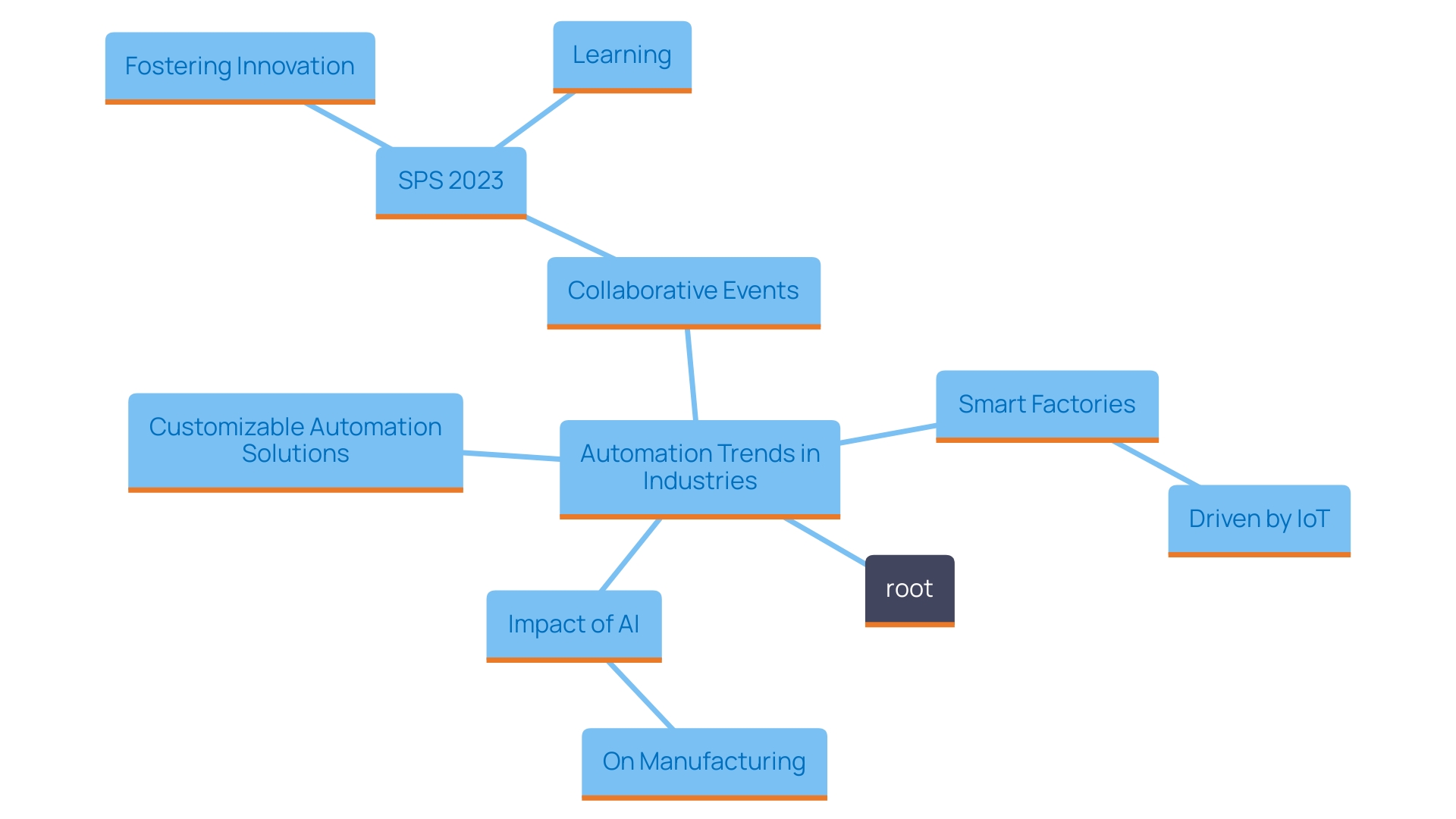
Trend 1: Increased Adoption of AI and Machine Learning
Organizations are increasingly leveraging the capabilities of artificial intelligence (AI) and machine learning to transform their automation processes. ‘These advancements empower businesses with predictive analytics, enabling them to make informed, data-driven decisions.’. By automating routine tasks, companies can redirect their focus towards complex problem-solving, thus unlocking new efficiencies.
The manufacturing sector has particularly benefited from this trend. For instance, the US manufacturing industry, which had seen a stagnant growth rate of merely 1.4% over the past two decades, has recently experienced a resurgence. The integration of AI, digital technologies, and sustainable practices has led to a remarkable increase in total shareholder returns—approximately 400 basis points higher than in the previous fifteen years. This resurgence exemplifies how the Fourth Industrial Revolution (4IR) is not only enhancing efficiency but also fostering workforce inclusivity and sustainability.
As industries navigate an increasingly volatile environment marked by disruptions such as geopolitical tensions and climate change, the expectation of interruptions in operations is projected to rise by 15 to 25% over the next five years. This emphasizes the critical significance of adopting strong mechanization strategies.
AI is being recognized as a key driver in this evolution, with over 30% of organizations indicating that sustainability initiatives influence their AI adoption. However, it is essential to note that while sustainability is a consideration, the primary drivers remain cost savings and improved operational efficiencies.
The application of AI and mechanization methods adheres to an S-curve model. Initially, organizations experience a learning phase characterized by trial and error. Once essential systems are established, companies transition into a deployment phase, culminating in an optimization stage where standardized practices are integrated, leading to stabilized costs. ‘This pattern reflects historical trends noted in previous industrial revolutions, illustrating the transformative potential of AI and mechanization across various sectors.’.
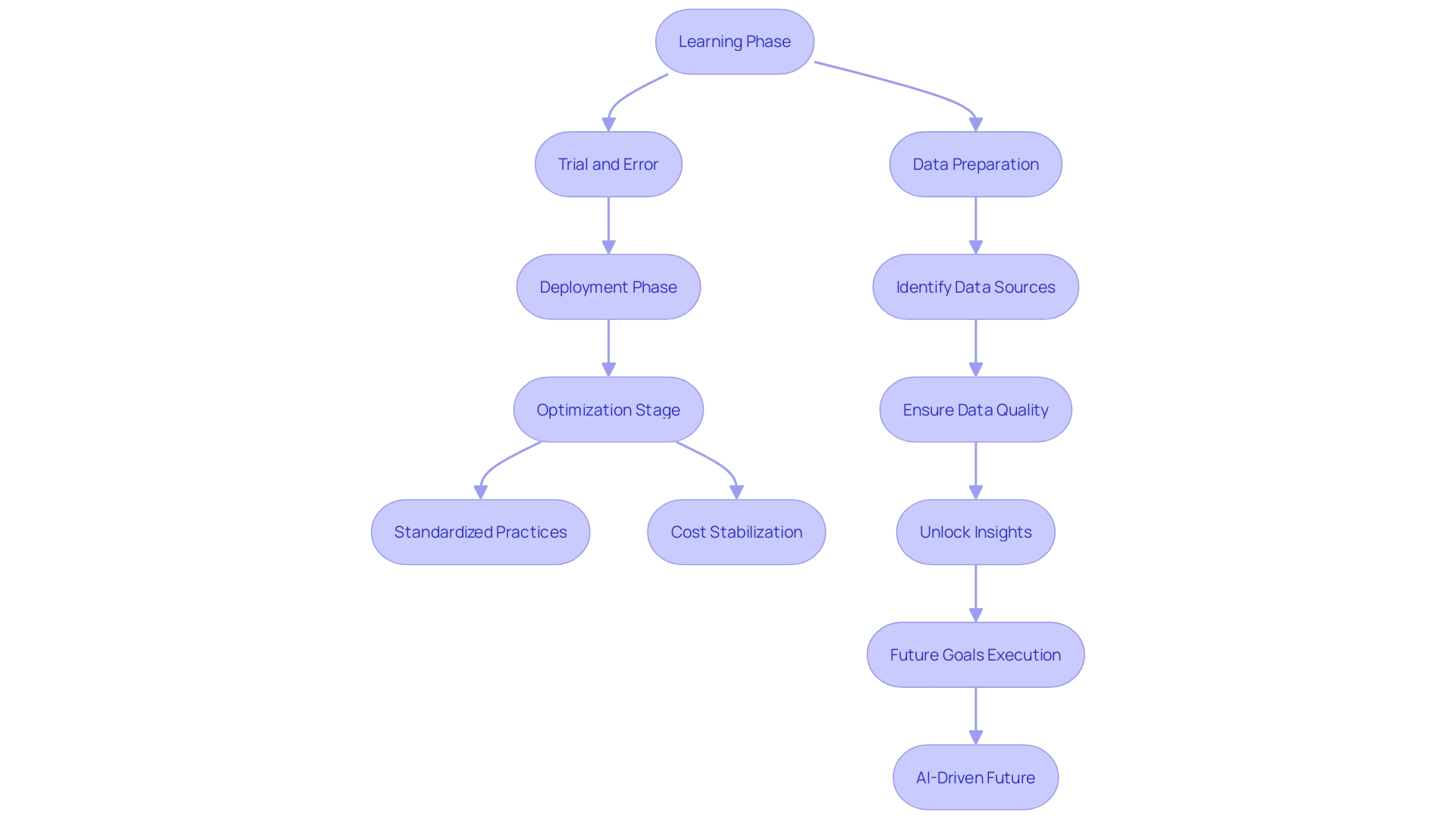
Trend 3: Integration of 5G in Industrial Automation
The advent of 5G technology promises to significantly transform industrial automation by enabling rapid, high-speed connectivity and near-instantaneous communication between devices. This enhanced connectivity is particularly beneficial for Internet of Things (IoT) applications, allowing for seamless real-time data exchange. With 5G, manufacturers can process data more quickly and accurately, which leads to improved decision-making and operational responsiveness.
Research indicates that industries such as manufacturing and transportation, which account for a substantial portion of global energy consumption—54% and significant greenhouse gas (GHG) emissions—stand to gain immensely from 5G integration. For instance, a typical internal combustion engine produces approximately 66 tons of GHG emissions throughout its lifetime, emphasizing the critical need for more sustainable approaches in these sectors.
Notably, the 5G landscape has seen remarkable growth, employing approximately 1.3 million individuals and adding over 79,000 jobs in the past year alone. This surge not only reflects the expanding influence of 5G but also underscores its pivotal role in driving skill development and job creation within the economy.
Moreover, as organizations implement 5G solutions, they encounter challenges that require strategic problem-solving and innovative approaches. The ongoing digital transformation initiatives provide valuable insights into overcoming these obstacles, with lessons learned that can guide other manufacturers in their process improvements. By leveraging 5G, companies can optimize their operations, enhance sustainability efforts, and ultimately align with consumer and regulatory demands for energy efficiency and reduced carbon footprints.
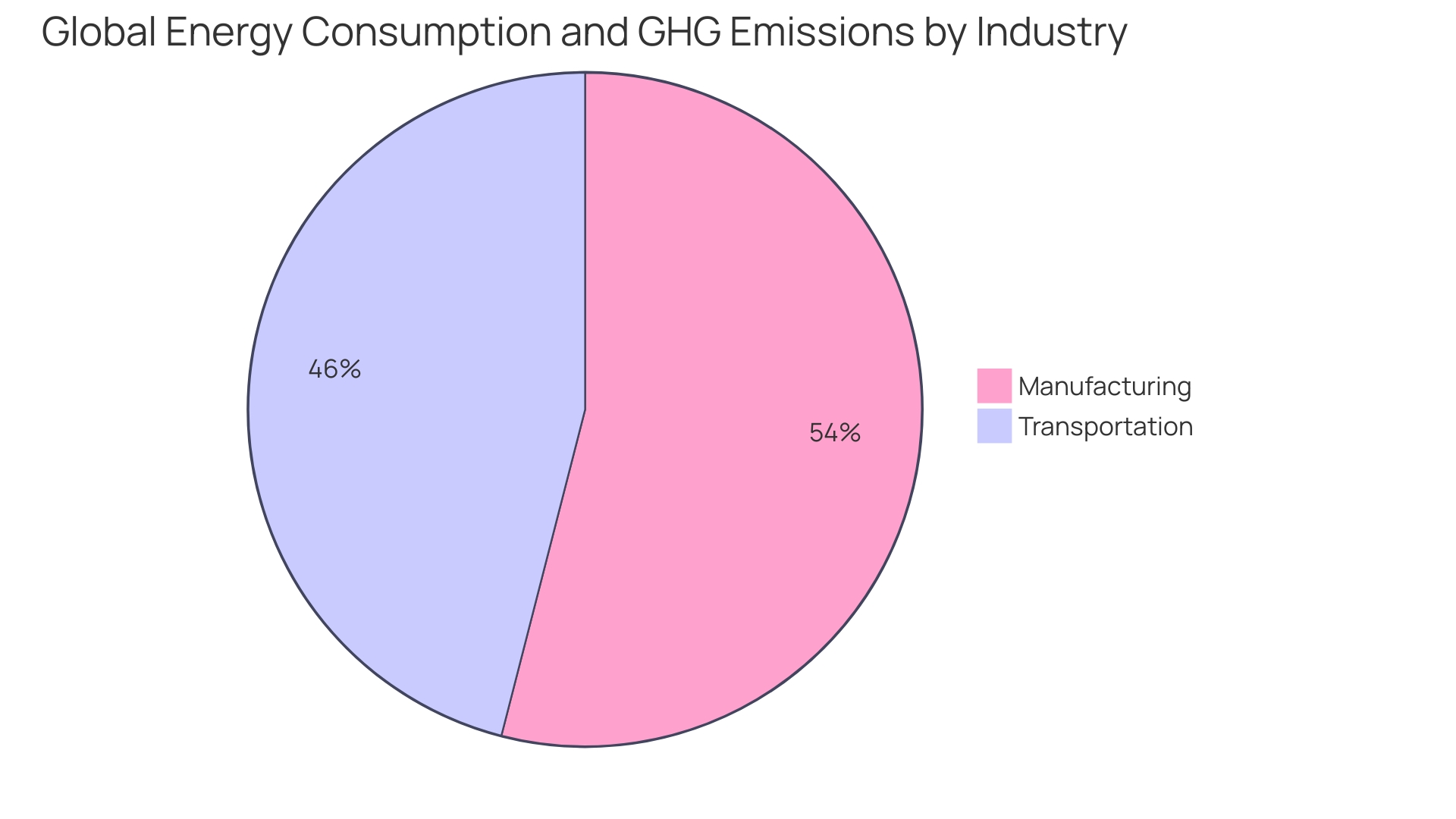
Sustainable Automation Practices
As organizations increase their commitment to sustainability, the incorporation of eco-friendly practices within operational strategies has become essential. Sustainable automation not only refers to energy-efficient processes and waste reduction but also involves the utilization of renewable resources. This shift is exemplified by industry leaders like Bosch, which has focused on making energy production more efficient and increasing access to green energy since its inception in 1886. Their innovative approaches highlight how technology can play a pivotal role in addressing climate challenges while meeting the growing electricity demand.
Rivian, an electric vehicle manufacturer, has set ambitious goals for achieving net-zero emissions by 2040. This commitment underlines the importance of sustainable raw material sourcing and waste minimization throughout their supply chain, showcasing how a focus on sustainability can drive operational efficiencies and foster innovation.
Furthermore, as highlighted in recent trends, the convergence of mechanization and sustainability is becoming increasingly pronounced. For instance, the introduction of EcoStruxure Automation Expert marks a significant evolution in automation techniques by promoting a more open and flexible approach, diverging from traditional methods. This flexibility allows companies to adapt their operations to be more sustainable while optimizing performance.
Consumer preferences are also changing, with a growing emphasis on sustainable methods influencing buying choices. According to recent surveys, the top five environmentally sustainable approaches that consumers prioritize include sustainable packaging, waste reduction in manufacturing, ethical working methods, respect for human rights, and biodiversity protection. These factors not only resonate with environmentally-conscious consumers but also enhance brand reputation, making sustainability a competitive advantage in today’s market.
In conclusion, the integration of sustainable practices into automation is not just a regulatory compliance measure, but a strategic move that can enhance brand loyalty, improve operational efficiency, and position organizations favorably in a rapidly changing marketplace.
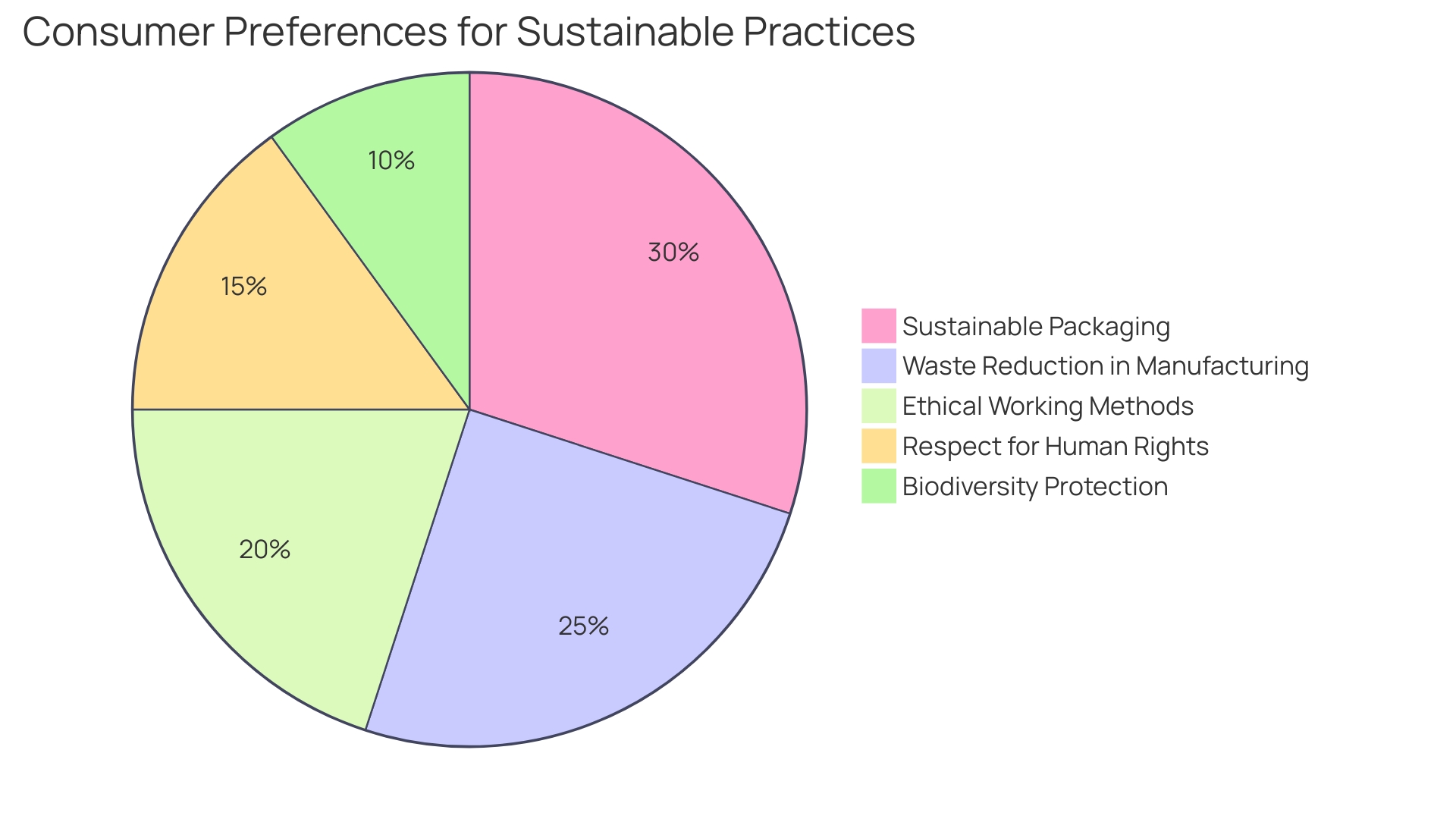
Conclusion
The integration of artificial intelligence and automation technologies is revolutionizing the manufacturing landscape, driving unprecedented levels of optimization and operational efficiency. As organizations harness these innovations, they are experiencing significant improvements in predictive maintenance, production schedules, and quality control. The resurgence of the U.S. manufacturing sector, with shareholder returns soaring due to AI and digital advancements, exemplifies the transformative potential of these technologies.
Emerging trends such as the rise of smart factories and the adoption of customizable automation solutions further underline the importance of adaptability in today’s fast-paced environment. The ability to tailor automation processes to meet specific operational needs not only fosters innovation but also strengthens competitiveness. Industry events, like SPS 2023, demonstrate the collective commitment to sharing knowledge and best practices, driving continuous improvement within the sector.
As AI and machine learning become integral to operational strategies, organizations are positioned to navigate future disruptions effectively. The adoption of 5G technology enhances connectivity, enabling real-time data exchange and improved decision-making. This shift towards a more connected and responsive industrial ecosystem aligns with the growing emphasis on sustainability, as companies increasingly integrate eco-friendly practices into their automation strategies.
Ultimately, the convergence of AI, automation, and sustainability is not just about regulatory compliance; it represents a strategic approach that enhances brand loyalty, boosts operational efficiency, and secures a robust competitive advantage. Embracing these innovations will empower organizations to thrive in the evolving landscape of the Fourth Industrial Revolution, ensuring resilience and adaptability in the face of future challenges.

